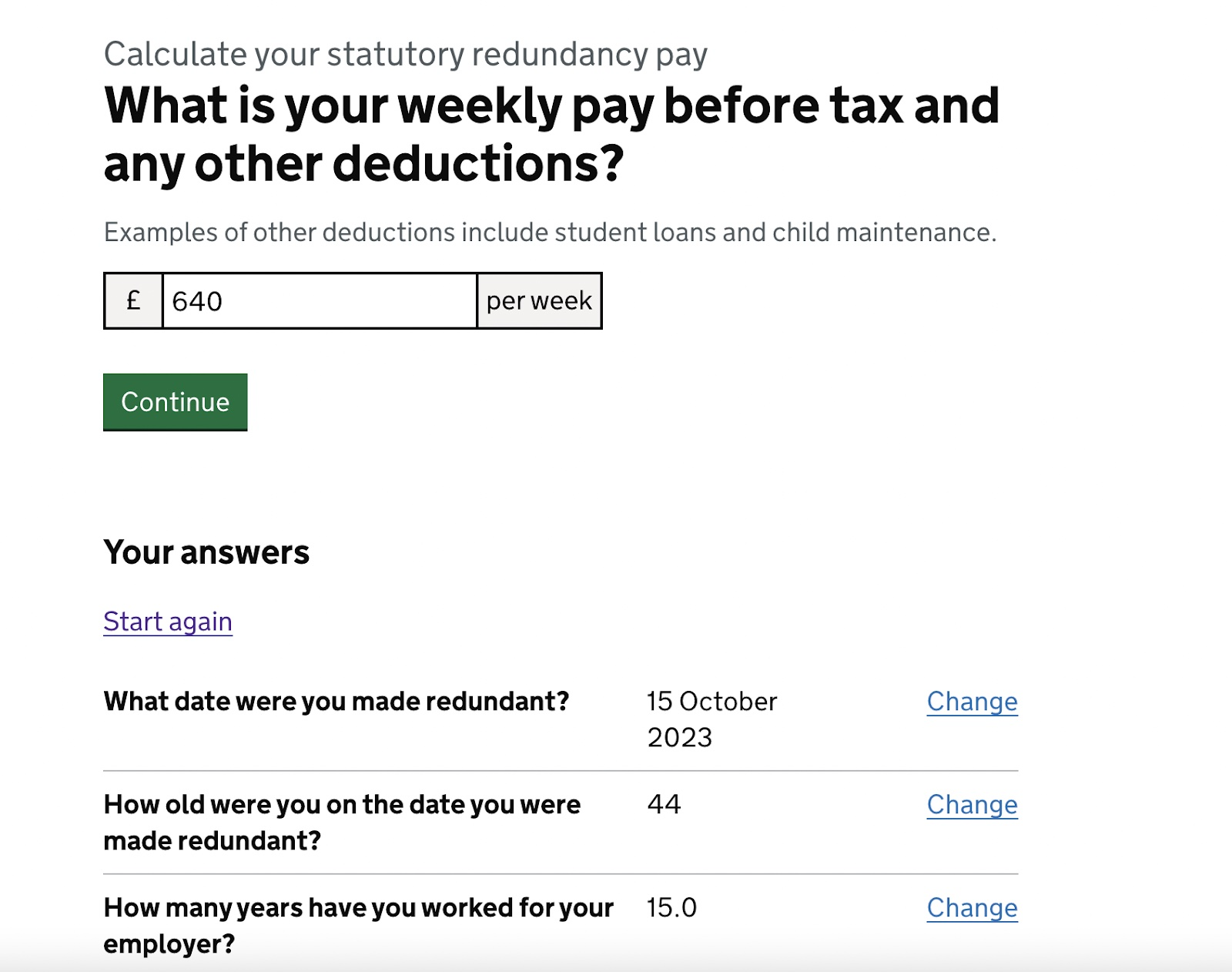Small Business Closing Employee Rights UK: What You Required to Learn About Redundancy
Small Business Closing Employee Rights UK: What You Required to Learn About Redundancy
Blog Article
Exploring the Operational Characteristics of Firm Redundancy and Its Long-Term Sustainability

Redundancy Techniques for Company Continuity
In order to guarantee undisturbed procedures, companies should implement effective redundancy methods for service connection. Redundancy in this context refers to the replication of crucial components or features within a system to mitigate the impact of potential failings. By including redundancy techniques, organizations can enhance their durability versus interruptions caused by different factors such as natural calamities, equipment failings, or cyber-attacks.
One common redundancy approach is the application of back-up systems and information storage space options. This entails producing duplicates of essential data and systems that can be triggered in situation of a primary system failure. Additionally, companies can develop redundant interaction networks and power resources to preserve connection and procedures during unanticipated events.
Furthermore, cross-training workers to carry out multiple roles within the firm can serve as a useful redundancy technique. If key employees are inaccessible due to health problem or various other reasons, this ensures that important tasks can still be brought out also. Generally, efficient redundancy approaches are vital for organizations to copyright operational continuity and decrease the influence of possible interruptions.
Effect of Redundancy on Organizational Resilience
Given the important role redundancy techniques play in ensuring company connection, discovering the impact of redundancy on business strength comes to be important for recognizing the all natural operational dynamics of a company. Redundancy, when strategically carried out, can significantly add to enhancing an organization's durability in the face of unforeseen difficulties.
In addition, redundancy can cultivate innovation and imagination within an organization as employees really feel empowered to take computed risks, understanding that there is a safety internet to support them in situation of failure. Overall, the influence of redundancy on organizational resilience is extensive, forming the long-lasting sustainability and success of a business.
Stabilizing Efficiency and Adaptability in Redundancy
Accomplishing an unified stability in between operational efficiency and adaptive versatility is an essential difficulty in the critical implementation of redundancy within companies. As well much versatility without a strong operational foundation can result in inadequacies and incongruity.
To balance performance and flexibility in redundancy preparation, organizations need to carefully examine their operational requirements, market characteristics, and strategic goals. Inevitably, discovering the right balance between efficiency and flexibility is crucial for developing a lasting and resistant company in the face of unpredictability.
Long-Term Sustainability Via Redundancy Planning
To make certain long-lasting stability and security, organizations need to strategically align their redundancy preparation with long-term sustainability goals, therefore balancing functional performance with adaptive flexibility. Firms should watch redundancy not as a responsive option to immediate issues but as a positive method for lasting success.

Aggressive Procedures for Sustainable Company Procedures
Just how can firms proactively enhance their functional sustainability for long-term success? Executing aggressive measures is vital for firms aiming to make certain sustainable procedures.
In addition, cultivating a culture of continuous enhancement and learning within the organization can improve adaptability to altering market problems and consumer demands. Motivating employee involvement in decision-making processes and providing chances for expert development can increase morale, productivity, and total efficiency. Developing clear goals, checking crucial efficiency indicators, and routinely assessing progression are crucial components of proactive sustainability administration.
Teaming up with vendors, consumers, and various other stakeholders to promote sustainable techniques throughout the supply chain can create a ripple effect of positive effect - redundancy pay if company goes bust. By taking positive steps towards operational sustainability, firms can construct durability, drive innovation, and safeguard their long-term success in an ever-evolving organization landscape
Verdict

In the world of organizational monitoring, the calculated deployment of firm redundancy stands as a critical yet intricate technique that necessitates a fragile balance in between operational performance and long-lasting stability. By exploring the operational dynamics that underpin firm redundancy and examining its broader ramifications for business durability and flexibility, a nuanced understanding of exactly how redundancy approaches can shape the future trajectory of a firm begins to unravel.Offered the vital duty redundancy techniques play in making certain company connection, exploring the effect of redundancy on business resilience becomes necessary for understanding the alternative functional dynamics of a business. Generally, the influence of redundancy on organizational durability is extensive, forming the long-term sustainability and success of find this a business.
In verdict, recognizing the operational dynamics of business redundancy is critical for ensuring long-lasting sustainability.
Report this page